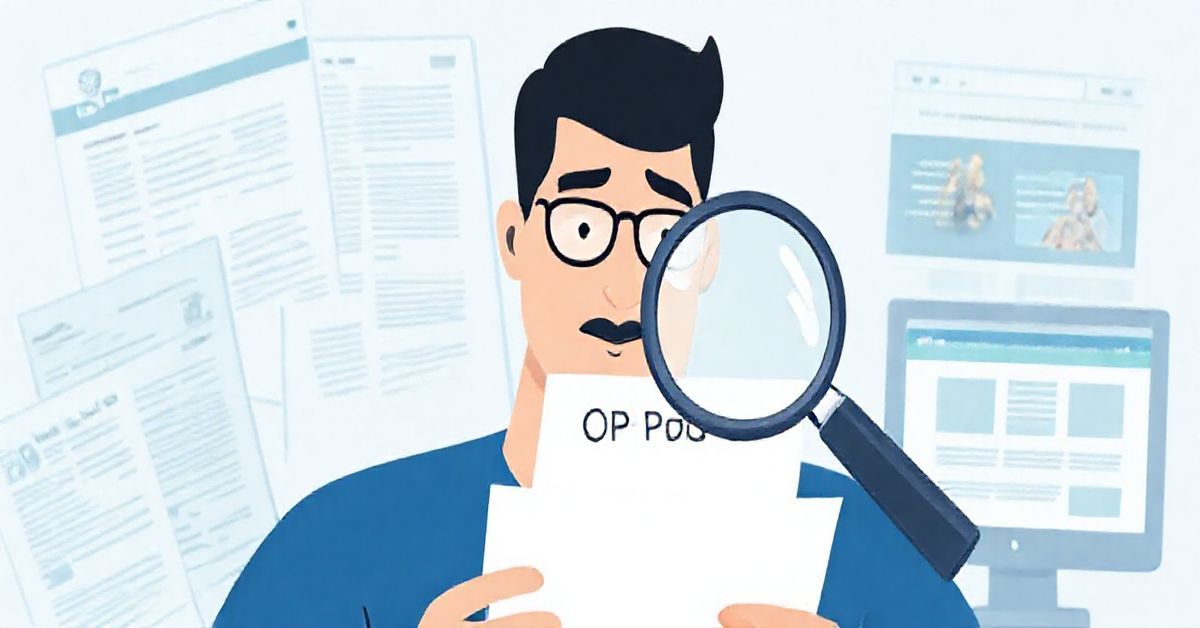CP2000 Notice: Underreporter Inquiry
What is a CP2000 Notice: Underreporter Inquiry?
A CP2000 notice, also known as an underreporter inquiry, is a letter the IRS sends when its records suggest you reported income differently than what was reported by third parties, like employers or banks. This means the IRS believes there might be a discrepancy in your taxes. It is not necessarily an audit but requires a response from you.

